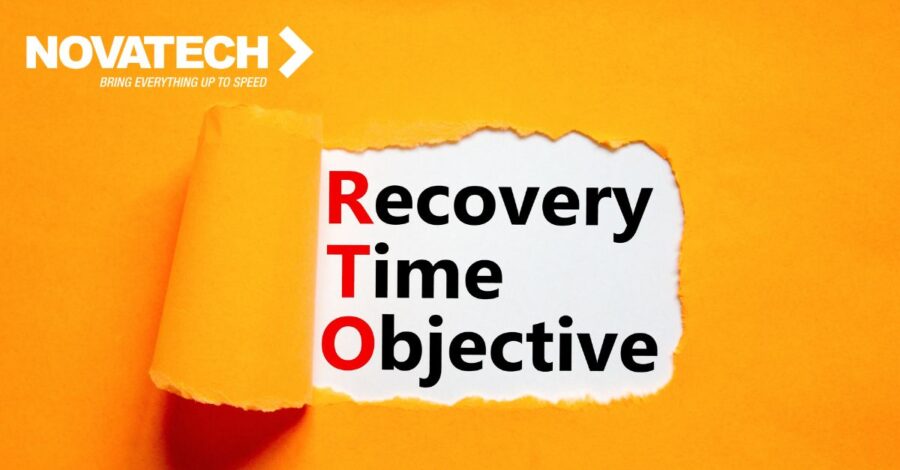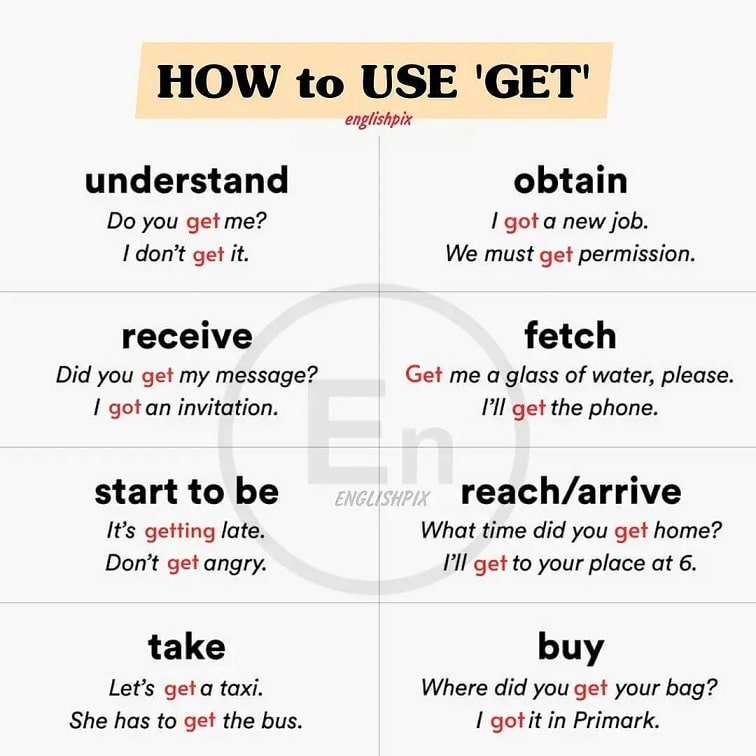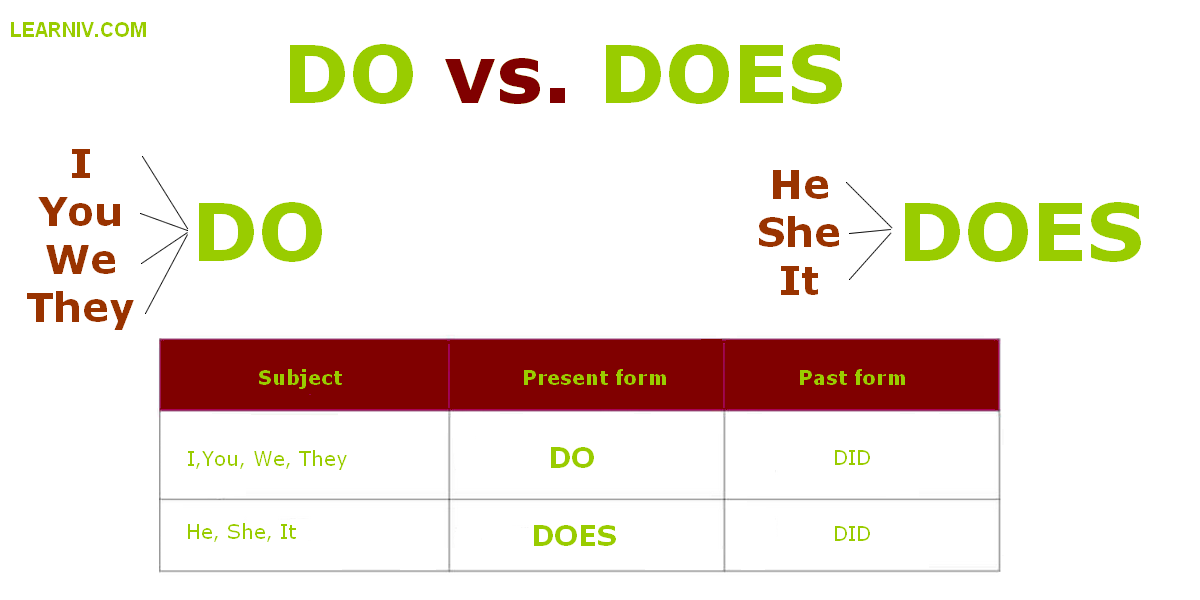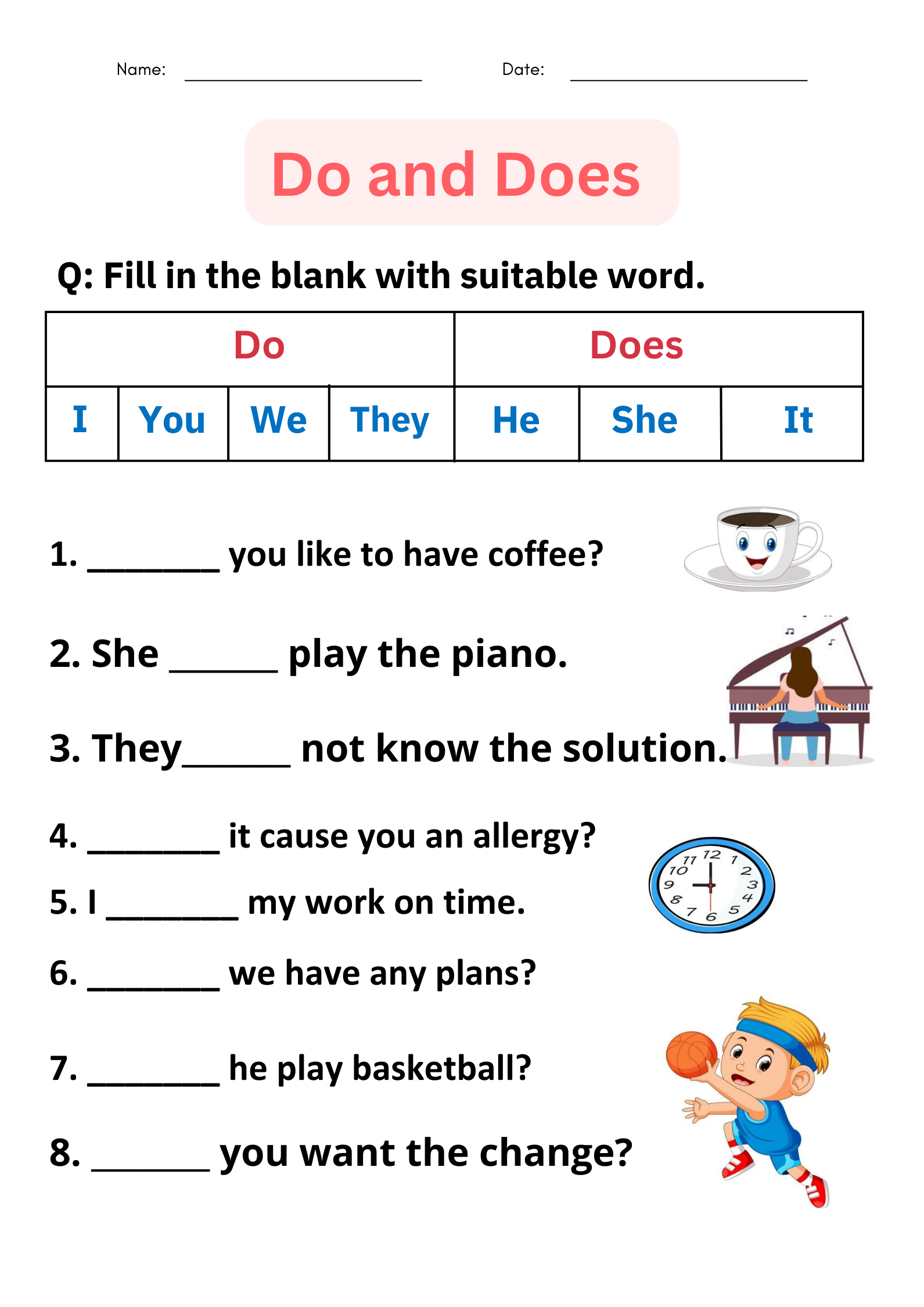Profitability of Family Entertainment Centers: Trends, Challenges, and Opportunities
Understanding the Profit Potential of Family Entertainment Centers
Family entertainment centers (FECs) have become a prominent part of the out-of-home entertainment industry. They offer various attractions such as arcades, play areas, VR gaming, and food services designed to appeal to families and groups. Assessing their profitability involves analyzing revenue potential, market growth, operational challenges, and the evolving competitive landscape.

Source: marinafuncionesdelafamilia.blogspot.com
Market Size and Growth Trends
Recent market research indicates that the FEC industry continues to expand rapidly on a global scale. As of 2024, the market was valued at approximately $29.4 billion and is projected to grow to over $87 billion by 2034, reflecting a compound annual growth rate (CAGR) of around 11.5%. North America remains a leading region for revenue generation, but growth is strong worldwide [2] [3] [4] [5] . This robust expansion is fueled by increasing consumer demand for unique, social recreation experiences and the continual innovation in entertainment offerings.
Children’s entertainment centers (CECs) currently account for the largest share of market revenue, but other segments-including adult centers and location-based VR experiences-are also gaining traction [3] [5] .
Revenue Models and Visitor Spending
FECs generate income through multiple channels:
- Entry fees and ticket sales
- Food and beverage sales
- Merchandising
- Advertising and sponsorships
According to research compiled by the International Association of Amusement Parks and Attractions (IAAPA), North American families visit a well-equipped FEC 3.2 to 4.6 times per year. The average spend per visit typically ranges from $12 to $22, depending on the activities and amenities offered [1] .
Visitor spending correlates strongly with household income. For example, families earning over $70,000 annually spend nearly four times as much on out-of-home entertainment as those earning $30,000-$39,999. This highlights the importance of location selection and demographic targeting in maximizing revenue potential [1] .

Source: mx.pinterest.com
Key Profitability Drivers
Several factors can significantly impact the profitability of a family entertainment center:
- Location and Demographics: Centers situated in high-income, densely populated areas are more likely to attract frequent visitors willing to spend more per trip.
- Facility Size and Activity Mix: Larger venues offering a diverse range of attractions-such as arcades, VR zones, and physical play-can draw broader audiences and encourage repeat visits [3] .
- Quality of Guest Experience: Cleanliness, safety, and customer service play a pivotal role in encouraging loyalty and word-of-mouth referrals.
- Revenue Diversification: Successful centers supplement ticket sales with robust food, beverage, and merchandise offerings.
- Adaptation to Trends: Incorporating new technologies (such as VR and AR gaming) and regularly updating attractions can keep the experience fresh and competitive.
Operational Challenges and Risks
Despite the clear growth trajectory, FEC operators face substantial challenges that can affect profitability:
- High Initial Investment: Launching a family entertainment center typically requires significant capital for real estate, equipment, staffing, and marketing [2] . Securing funding and managing debt are common hurdles.
- Ongoing Maintenance and Upgrades: To remain attractive, centers must invest in regular maintenance and periodically refresh attractions, which can increase operating costs [2] .
- Competitive Pressures: The rise of in-home entertainment, including streaming and video games, presents stiff competition. FECs must continually innovate and market to draw visitors away from these alternatives [2] .
- Seasonal and Economic Variability: Attendance and revenue can fluctuate with school schedules, holidays, and broader economic conditions. Operators should plan for off-peak periods and economic downturns [2] .
- Space Constraints in Urban Areas: High real estate prices and limited space can restrict the size and profitability of centers in major cities [2] .
Case Examples and Real-World Insights
Successful FEC chains such as Dave & Buster’s and Chuck E. Cheese have demonstrated the potential for strong returns, particularly when leveraging brand recognition, strategic locations, and a mix of attractions. However, some smaller or poorly located centers have struggled due to insufficient market research, undercapitalization, or failure to adapt to changing consumer preferences.
For instance, centers that quickly adopted new trends like VR gaming or interactive experiences have seen increased foot traffic and repeat business. In contrast, those using outdated equipment or offering limited attractions often underperform relative to market leaders.
Step-by-Step Guidance for Prospective Operators
If you are considering an investment in a family entertainment center, here are detailed steps to increase your chances of profitability:
- Conduct Comprehensive Market Research: Analyze local demographics, income levels, and competition. Use data from organizations such as the U.S. Bureau of Labor Statistics and industry associations to estimate demand and spending patterns [1] .
- Develop a Robust Business Plan: Outline your facility’s attractions, revenue streams, operating costs, and marketing strategy. Include realistic financial projections and sensitivity analyses to account for seasonal and economic fluctuations.
- Secure Adequate Financing: Approach banks, investors, or commercial lenders with your detailed plan. Be prepared to demonstrate projected cash flows and explain how you will mitigate common risks.
- Select a Strategic Location: Prioritize areas with high population density, strong family demographics, and easy access. Consider proximity to schools, shopping centers, and transportation hubs.
- Design for Flexibility and Appeal: Create a layout that allows for regular updates and diverse activities. Include spaces for parties, group events, and food service to maximize per-visitor revenue.
- Focus on Guest Experience: Invest in staff training, facility cleanliness, and safety protocols. Encourage customer feedback and be responsive to suggestions.
- Invest in Marketing and Community Engagement: Use social media, local advertising, and partnerships with schools or community groups to boost awareness and drive traffic.
- Monitor Performance and Adapt: Track key performance indicators (KPIs) such as visitor numbers, average spend, and retention rates. Adjust operations and offerings in response to changing trends and customer preferences.
Those interested in learning more about industry standards or seeking detailed demographic data may consult the International Association of Amusement Parks and Attractions (IAAPA) by searching for industry reports and statistics on their official website, or refer to the U.S. Bureau of Labor Statistics for consumer spending trends in the entertainment sector.
Alternatives and Additional Considerations
Individuals or businesses unable to secure sufficient funding or real estate for a large-scale FEC may consider alternative models, such as mobile entertainment services, pop-up events, or smaller specialty centers focused on a single attraction (e.g., VR arcades, trampoline parks). These alternatives typically require lower investment and can be scaled according to local demand.
It is also advisable to stay informed about industry innovations and periodically review government and industry publications for updates on safety regulations, grant opportunities, and best practices.
Key Takeaways
While family entertainment centers can be profitable, especially in high-demand markets with well-managed operations, success is not guaranteed. High upfront costs, intense competition, and shifting consumer behavior require careful planning and continual adaptation. Prospective operators should prioritize in-depth market research, strategic investment, and a commitment to delivering high-quality guest experiences for the best chance of long-term profitability.
References
- [1] Family Entertainment Center (2023). Amusement Demographics 101.
- [2] Market.us (2024). Family Entertainment Centers Market Size, Share.
- [3] Allied Market Research (2025). Family/Indoor Entertainment Centers Market Size – 2033.
- [4] Global Market Insights (2024). Family Entertainment Center Market Size, Industry Analysis.
- [5] Cognitive Market Research (2025). Global Family Entertainment Centers Market Report.
MORE FROM mumsearch.com













